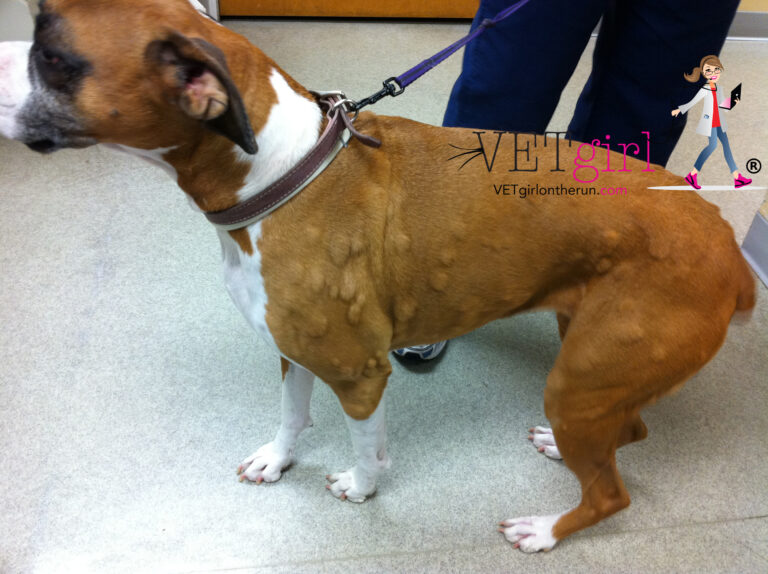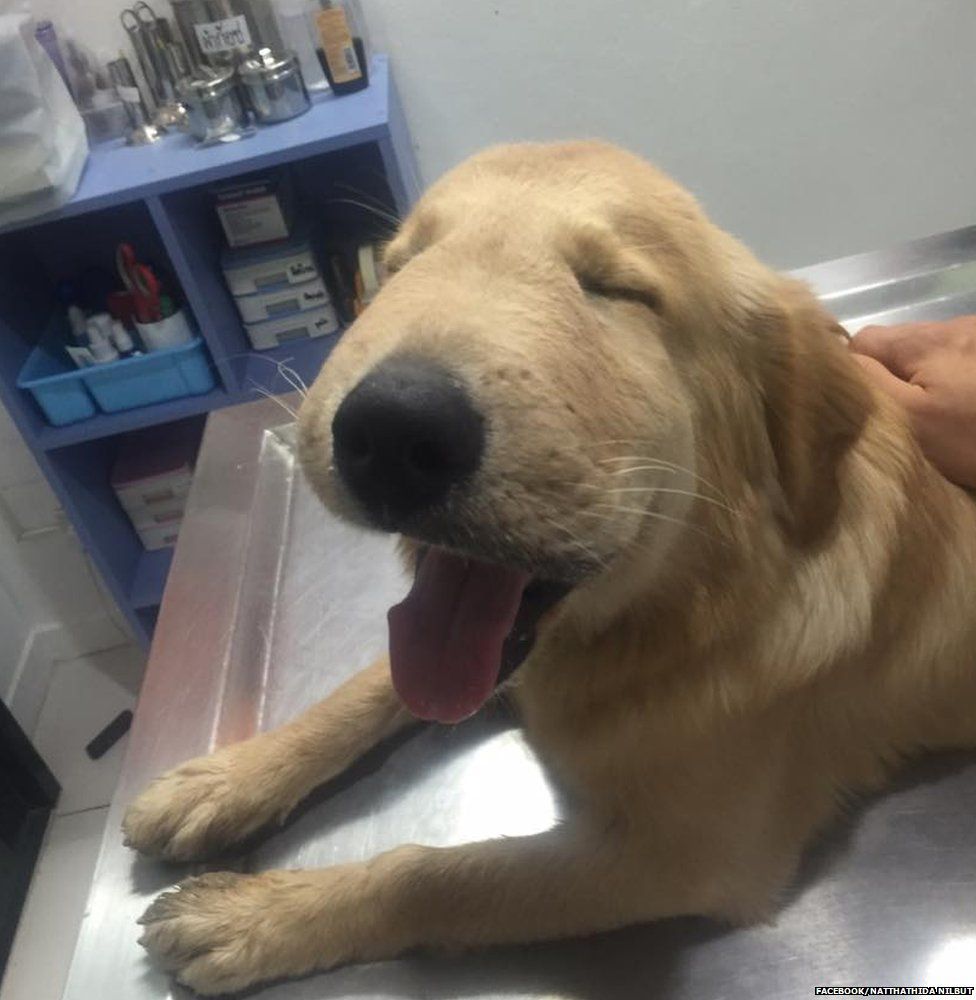

You can try to scrape it out with your fingernail or with the edge of a credit card. Even if your pup isn’t having an allergic reaction, and there’s no need to take him to the vet, you still want to make sure you help get rid of any lingering pain and keep him nice and comfortable.įirst thing’s first: If the stinger is still stuck in the skin, you’ll want to get it out pronto stingers can continue to deliver venom even after they’ve been detached from the bee. Better safe than sorry! Make Your Dog ComfortableĪ dog stung by a bee or a dog stung by a wasp is never a fun situation-for you or your pup. If you know your dog’s breed commonly has allergic reactions to bee or wasp stings, you’ll want to take him to the veterinarian just to get checked out.

“For example, Boxers, Bulldogs, Pugs, Boston Terriers and Pit Bull breeds commonly present for symptoms of insect bite/sting hypersensitivity.” “I seem to see more short-haired breeds develop allergic symptoms after a sting than long haired breeds,” Dr. Know Your Dog’s RiskĬertain breeds may be more sensitive to wasp or bee stings. “Careful monitoring of a pet may be all that is necessary,” Maimone says. In most cases, your pup won’t require much intervention. If your dog doesn’t seem to be having an allergic reaction, you should call your vet just to be safe. “Severe reactions may require rescue measures, such as epinephrine, IV catheter, fluids, intubation, oxygen, CPR and hospitalization.” “Pets with significant reactions many times need steroid and/or high potency Benadryl injections and sometimes anti-vomiting medication,” Dr. If you notice any signs of an allergic reaction in your dog after a bee sting or your dog eats a bee, it’s important to get your dog to the vet immediately. However, it can also be dangerous because even if a pet is NOT allergic to bee stings, a sting to the inside of the mouth or throat can cause localized swelling and also lead to trouble breathing, collapse and death secondary to swelling.” When to Contact the Veterinarian “Bees are not poisonous, so ingesting the bee is not directly the problem. “All of can also happen if a dog eats a bee,” Dr. Your dog can have a severe reaction even if he doesn’t get stung on his body swallowing a bee can also cause a harmful reaction. This can lead to difficulty breathing, collapse and possibly death. Swelling around the eyes, lips, muzzle inside the mouth, pharynx and neck.Edema, or swelling caused by excess water in the body’s tissues.“Anaphylaxis is a sudden, widespread allergic reaction that can be severe and potentially life threatening,” Dr. If your dog is allergic to bees, he could already be experiencing anaphylaxis. Once you’ve calmed down your dog, you need to check for any problematic reaction. “If a pet owner suspects their pet has been stung by a bee, I recommend putting an ice pack on the area of the sting as soon as possible,” Dr. Your dog is likely going to be upset, and if you’re upset too, it can escalate the situation.Īpproach your dog with calm energy and check the area where he was stung.

Don’t Panicįirst things first: If your dog catches up with an angry bee and you notice a bee sting on a dog paw or somewhere else on your dog’s body, don’t panic. Let’s take a look at what you should do if your dog comes face-to-face with a buzzy little bee that decides to show your pup who’s boss. “And as a veterinarian, I see more pets with insect bite/sting hypersensitivity. Mandi Maimone, DVM of Animal Medical Center in Columbus, Ohio.

“As spring comes about and the weather gets warmer, our pets, like us, begin to spend more and more time outdoors,” says Dr. Bee stings are not fun for humans-and they’re no fun for pups either.


 0 kommentar(er)
0 kommentar(er)
